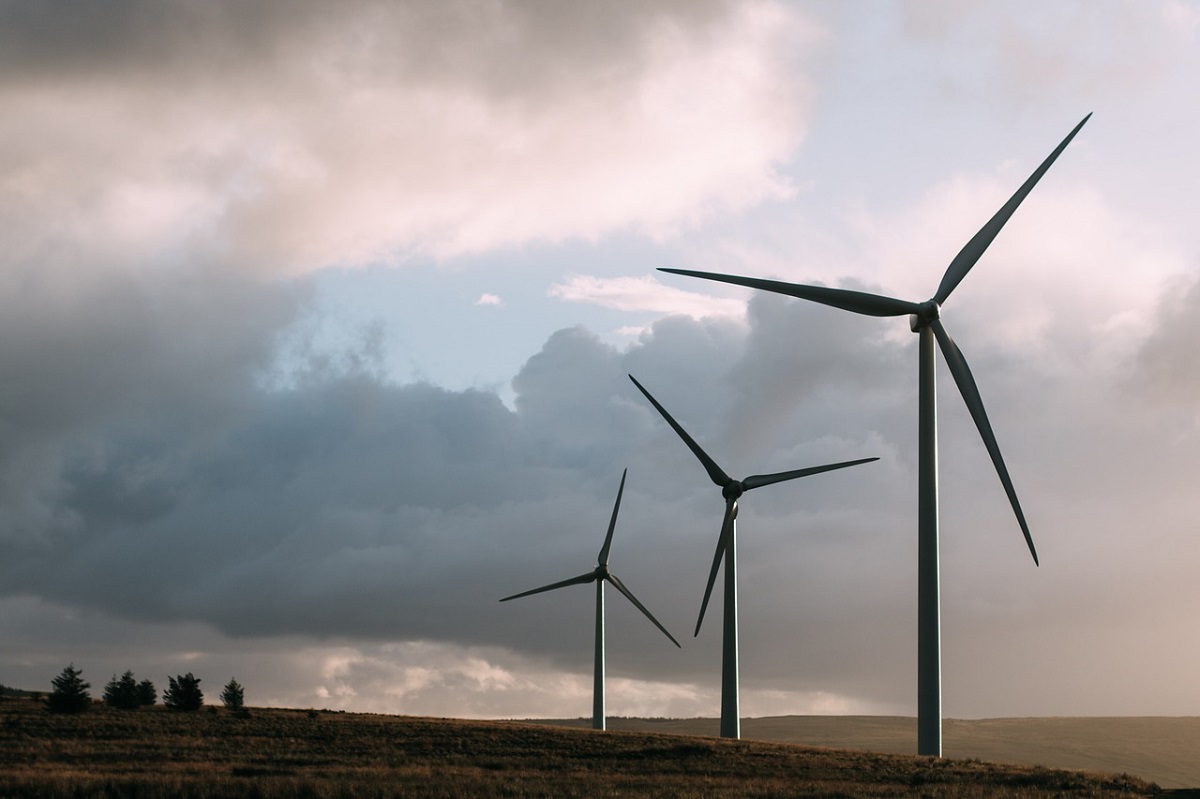It is a well-known truth that relying on renewables for steady electricity is unfeasible without energy storage. Unlike a fossil-fuel power plant, which can work 24 hours a day, wind and solar power are intermittent, which means that if a cloud obscures the sun or there is a pause in the wind, energy output decreases.
To compete with fossil fuels, renewables must be “predictable,” which means storing extra energy and dispatching it when needed.
Lithium-ion batteries, which are already connected to power systems throughout the world, offer one answer to this problem. They may be charged with power generated by wind and solar and then released on demand. However, they have mostly been used for short-term energy storage (up to six hours), and as decarbonization accelerates, demand for more durable storage will increase. Another disadvantage is that lithium is a finite resource that can only be found in particular places of the world, and mining it may be harmful to the environment. While the cost of batteries has decreased during the previous decade, prices began to rise in 2021 as demand for lithium outstripped supply.
Another alternative is provided by the American-Swiss firm Energy Vault, which stores and releases energy using gravity and 35-ton blocks.
Energy Vault chose to base its technique on pumped storage hydropower, a process invented over 100 years ago that is frequently utilized to store renewable energy. During off-peak hours, a turbine pumps water from a low-ground reservoir to a higher-ground reservoir, and during peak demand, the water is allowed to flow down through the turbine, creating electrical energy.
Energy Vault works in the same way as gravity, except “instead of utilizing water, we’re employing composite bricks.” By doing it this way, the corporation is not reliant on topography and avoids the need to dig out reservoirs or build dams, both of which can have significant environmental consequences.
Since establishing its successful prototype in Switzerland in 2020, Energy Vault has shifted its focus from the tower model, which could reach up to 200 meters in height, to 20-story modular buildings dubbed “Energy Vault Resiliency Centers.”

